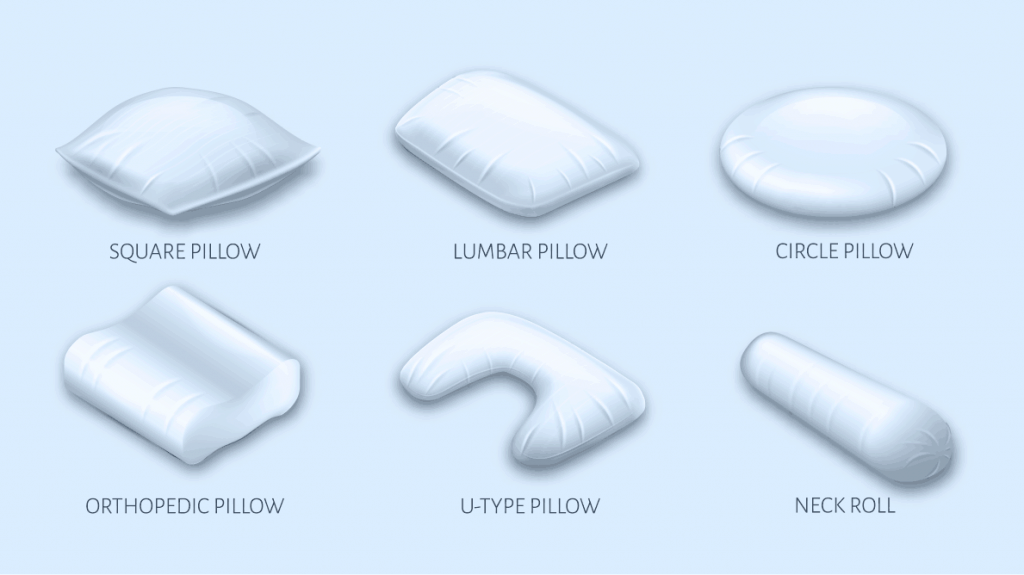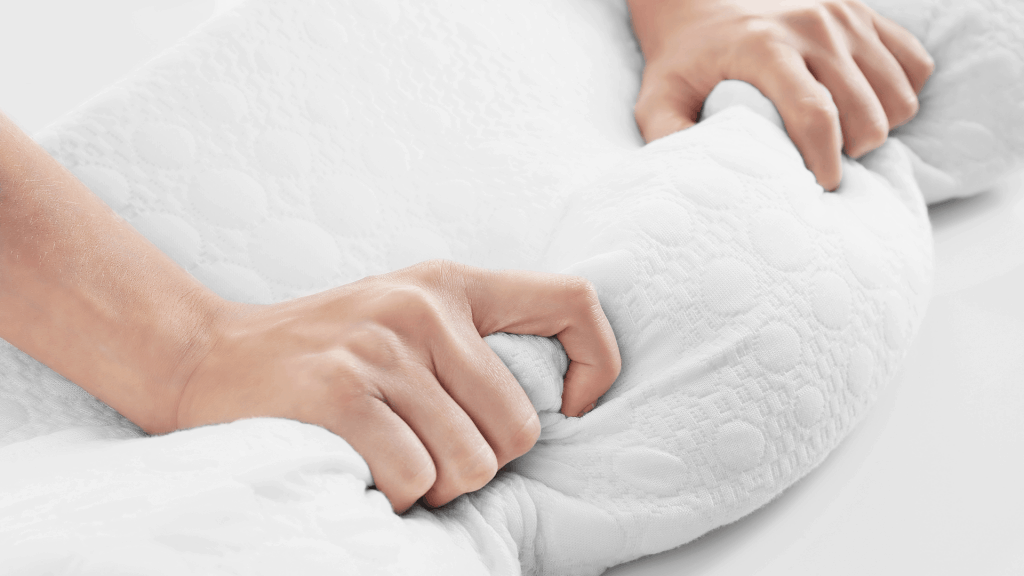Memory foam is a combination of polyurethane and chemicals that allow for the material to contour to your body. Memory foam is also called visco-elastic. Visco-elastic describes two concepts: viscosity and elasticity.
As you might expect, when you combine these two factors you get a pillow with the perfect amount of support and comfort.
Visco-elastic foam was first developed by NASA in 1966 as a proposed improvement to the aircraft's seats; The overarching goal was to improve crash protection. NASA also wanted to help compensate for the turbulence and impact experienced during travel.
Several industries started to realize the potential applications of the material, namely the medical sector. The material found its way into orthopedic seating pads, mattress pads, and padding for the severely disabled. It was also added to the seat cushions of wheelchairs.

In 1992, Tempur-Pedic decided to sell this material commercially in the United States. Initially they only offered two products: a mattress topper and a neck pillow. In their first year of business they only sold 70 mattress toppers.
Even with these shortcomings they managed to remain resilient and now memory foam is everywhere. From shoes, bath mats, headphones, and most importantly, pillows.
Memory foam is known for the ability to hold the contours of the head and neck in order to provide support. The visco-elastic material distributes weight evenly which helps to relieve pressure.
All types of snoring have one thing in common: an obstruction in the upper respiratory tract.
A regular pillow tends to tilt your head in an incline. This causes an obstruction in the airway which results in snoring related problems.
When the head is aligned with the neck and spine, the airways are able to remain open and allow for proper respiratory function.
Memory foam is a safe and non-toxic material. It is naturally hypoallergenic and inhibits the growth of bacteria, mold, fungus, as well as dust mites.
Unlike cotton, wool, and feather pillows, memory foam won't release airborne material that could be inhaled.
Durability of memory foam is contingent on the foam density of the pillow as well as the material the pillow is comprised of. Foam density is the measure of one cubic foot of material.

Higher density foams feature more cells that can contour to the sleeper's weight. As a result, higher density foams last longer. However, high density foam may not be comfortable because the viscosity component of the visco-elastic material is increased which results in diminishing marginal returns.
On average, you can expect a memory foam pillow to last 4 to 10 years. This number is highly dependent on how often the pillow is used as well as how well you care for it.
Memory foam started out as the idea of a NASA Engineer in the 60s. Today, viscoelastic polyurethane memory foam is one of the most popular materials for pillows and mattresses.
If you're someone who suffers from poor sleep quality, then you should consider making the switch. The ability to contour to the body promotes a healthy sleeping position and improved sleep.
Unlike regular pillows, memory foam is hypoallergenic and durable. They cost a bit more up-front but will pay dividends long term.

Snoringsource.com is a participant in the Amazon Services LLC Associates Program, an affiliate advertising program designed to provide a means for website owners to earn advertising fees by advertising and linking to amazon(.com, .co.uk, .ca etc) and any other website that may be affiliated with Amazon Service LLC Associates Program.